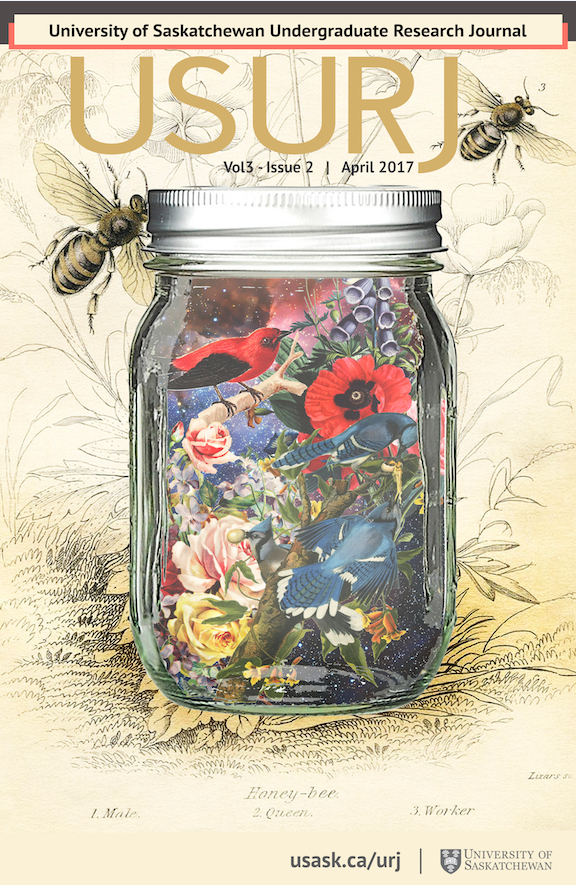Hominin evolution: A review of bipedal adaptations and cranial capacity as a means of studying evolution and analyzing speciation
DOI:
https://doi.org/10.32396/usurj.v3i2.243Keywords:
Human evolution, Neanderthals, bipedalism, ancient DNA, molecular bioarchaeologyAbstract
Hominin evolution and the field of paleoanthropology are cornerstones of paleontological inquiry. Much about hominin evolution has been learned since the discovery of the first Neandertal specimen in 1856, but increasing ambiguity regarding the speciation of extinct hominins has created doubt and conflict within the scientific community. A thorough look at the role of bipedal and cranial adaptations, selective pressures leading to their emergence, and the implications of their perseverance has the capacity to clear up associated ambiguities in the field of paleoanthropology. Coupled with advances in technology, such as the accessibility of ancient DNA, it is possible to critically evaluate hominin morphology and its impact on reproductive barriers. As the field of paleopathology continues to inquire into our evolutionary past, a more concise and complete account of hominin evolution is possible.
Downloads
Published
Issue
Section
License
Articles: USURJ’s current Publication Agreements apply a Creative Commons Attribution-NonCommercial License (CC-BY-NC) by default. The CC BY-NC license lets others remix, tweak, and build upon work non-commercially. The author(s) can choose a different CC license, as outlined in https://creativecommons.org/about/cclicenses/. Please see the PDF for each article to determine what license is applied to that article. Author(s) can also request to reserve all copyright (All Rights Reserved). If there is no indication for articles published before September 2020, assume the author retains all rights beyond those necessary for publication by USURJ. All articles published after September 2020 will apply one of the aforementioned CC licenses. See the Publication Agreement under the Submission Preparation Checklist or Author Guidelines for more information. Artwork: All copyright for the original artwork remains with the artist unless they wish to apply a Creative Commons (CC) license to the artwork. Please see the PDF for each artwork to determine what license is applied to that artwork.







